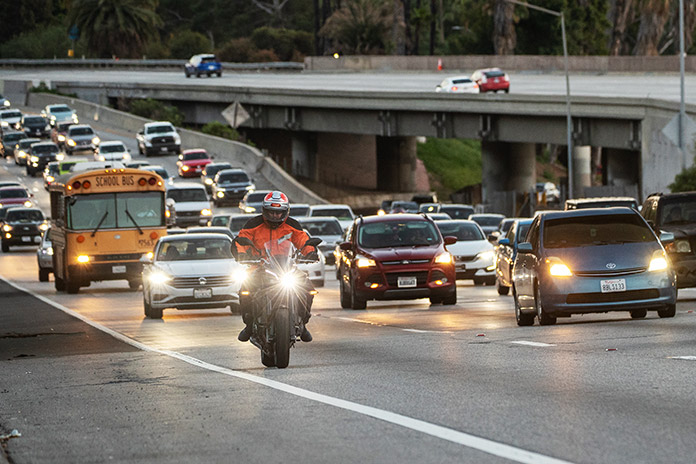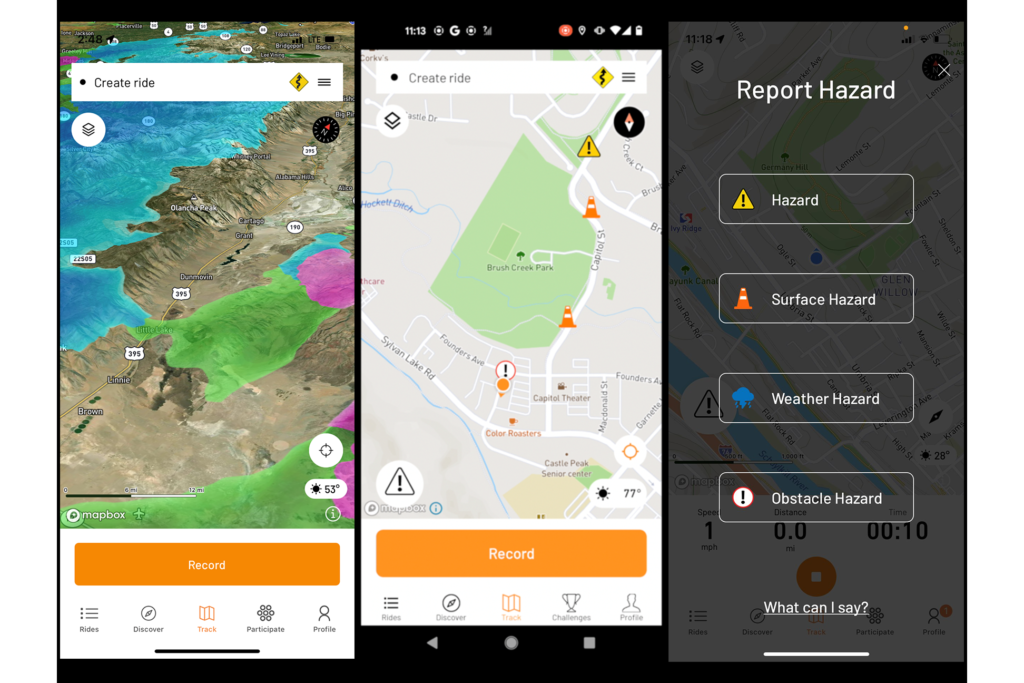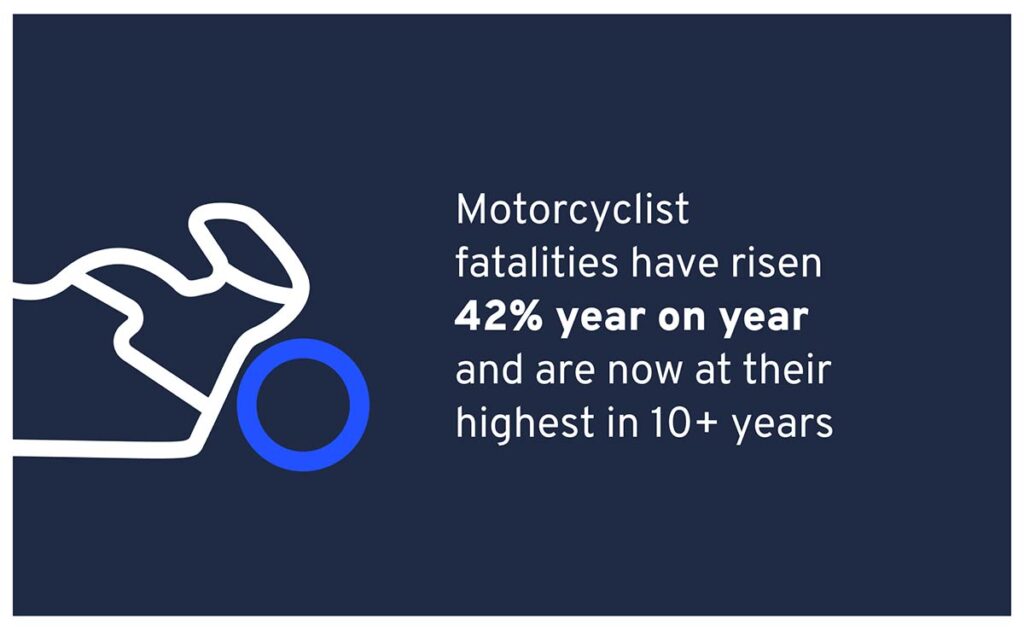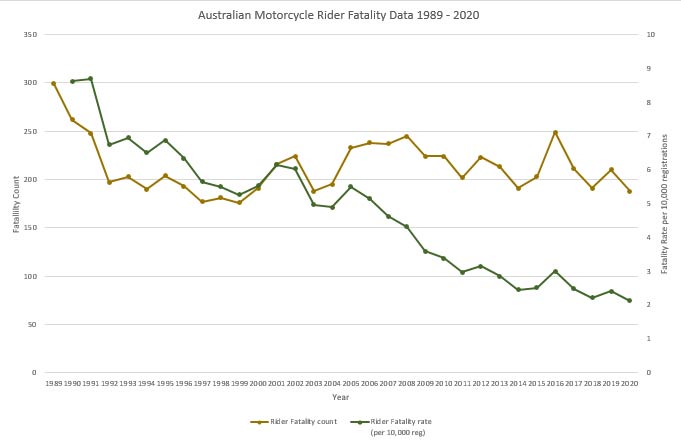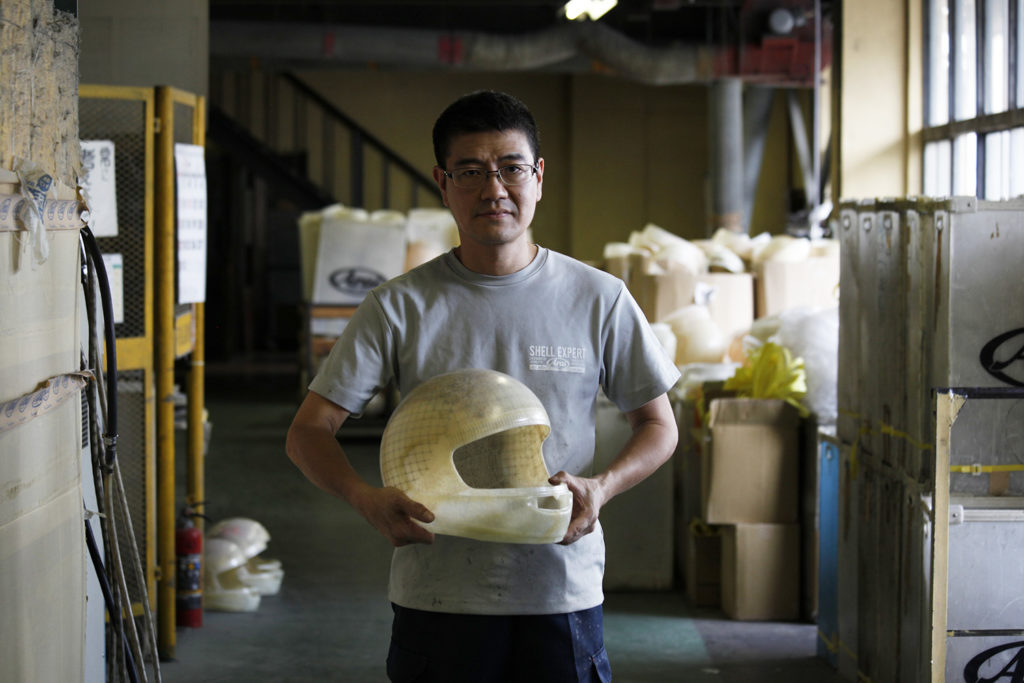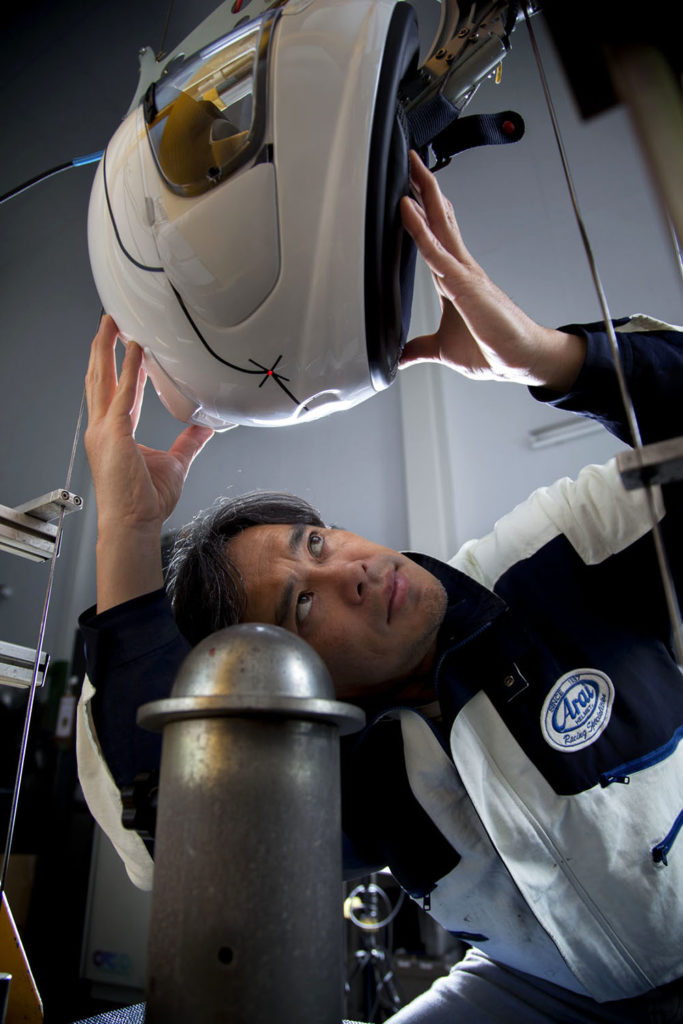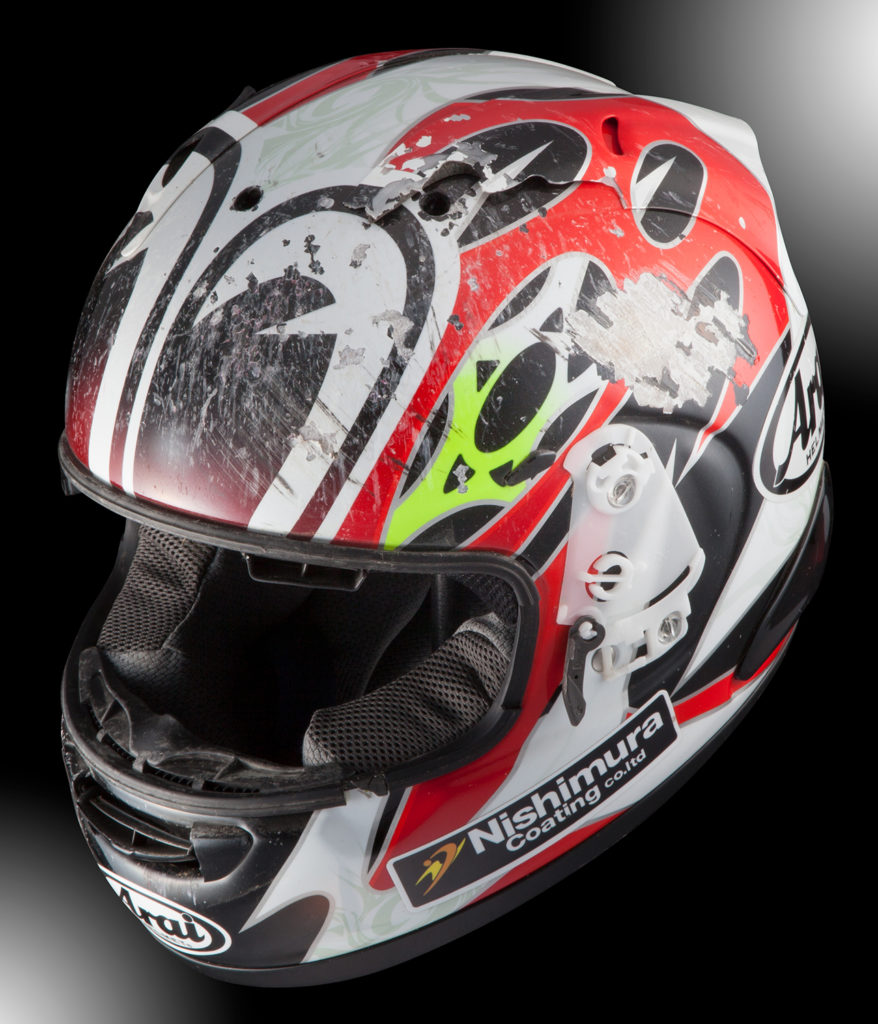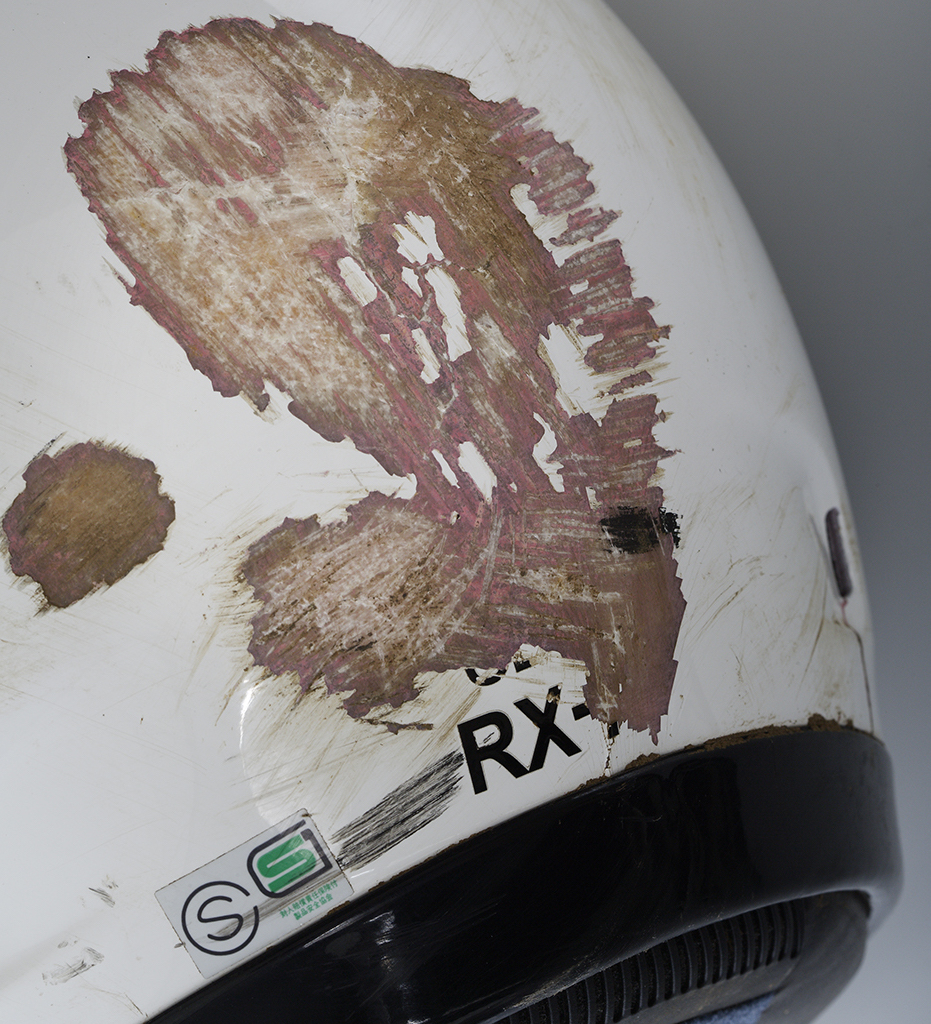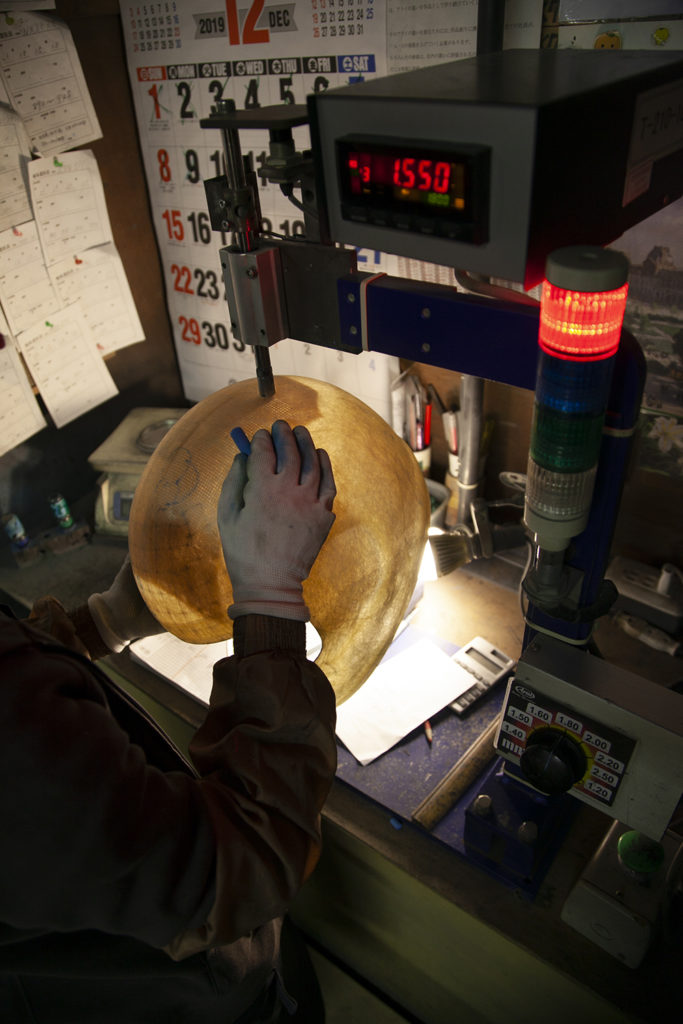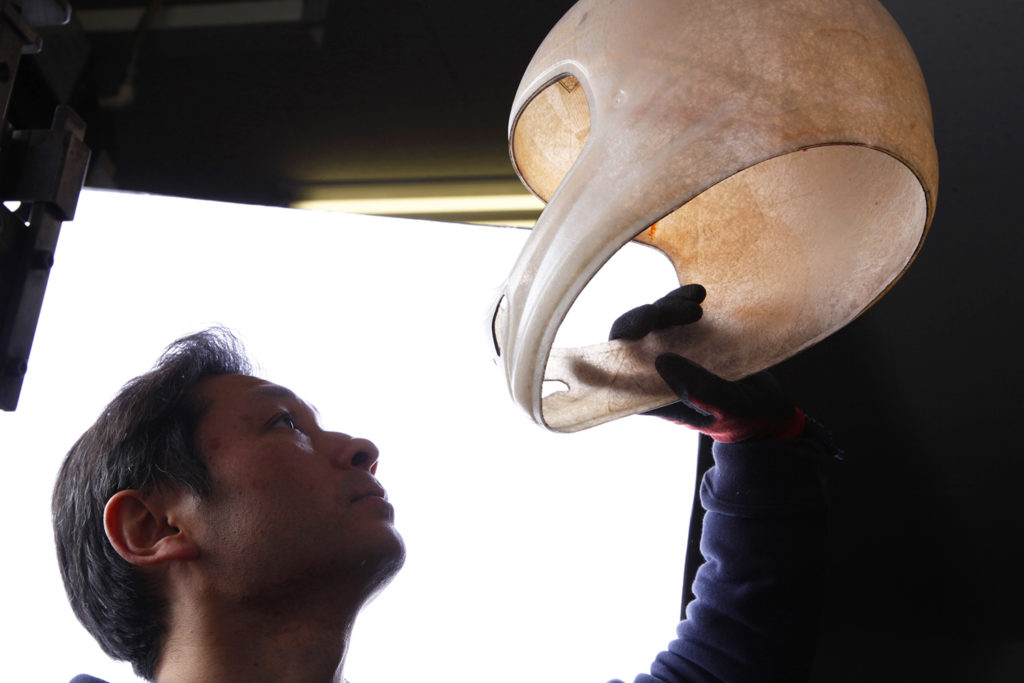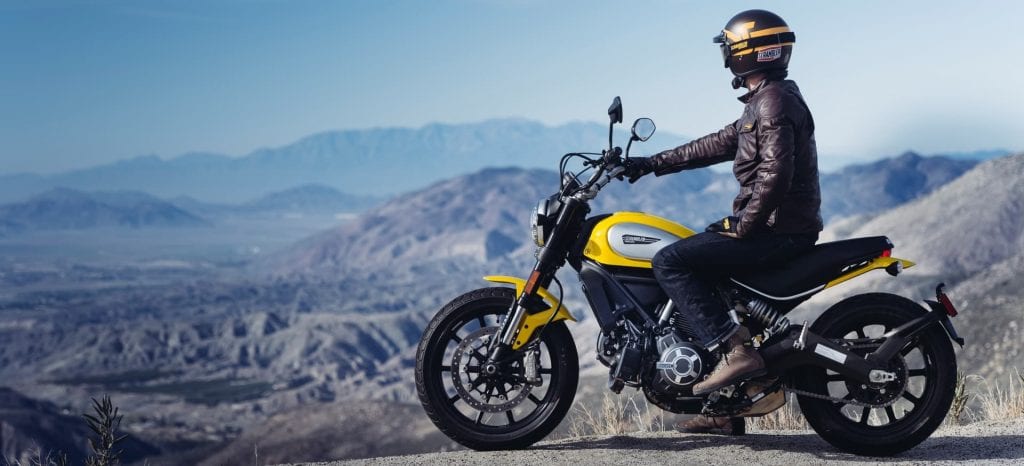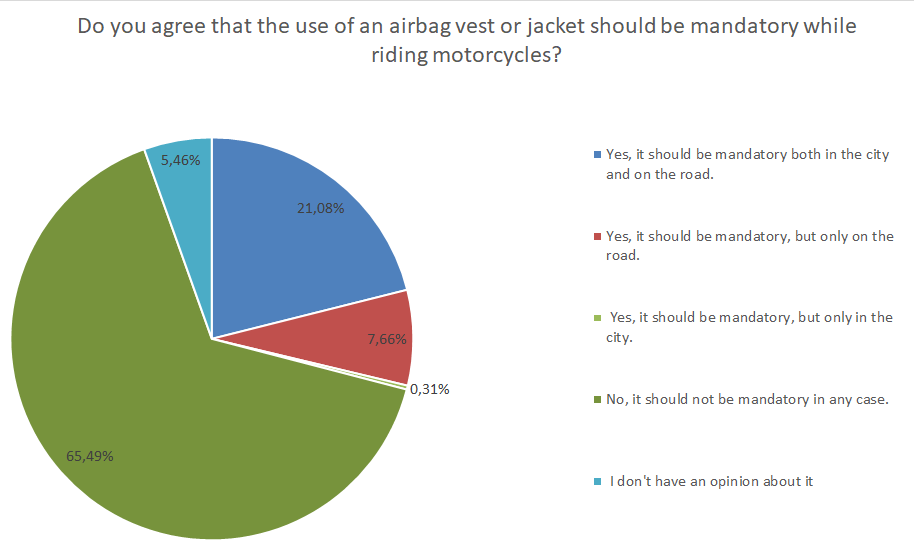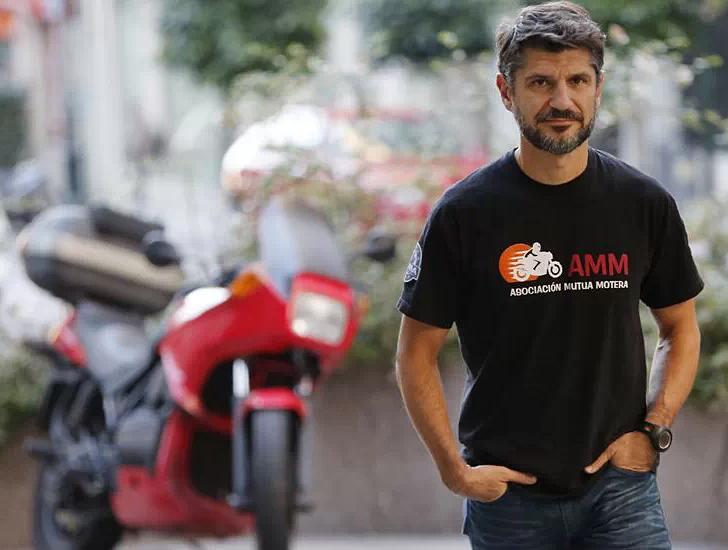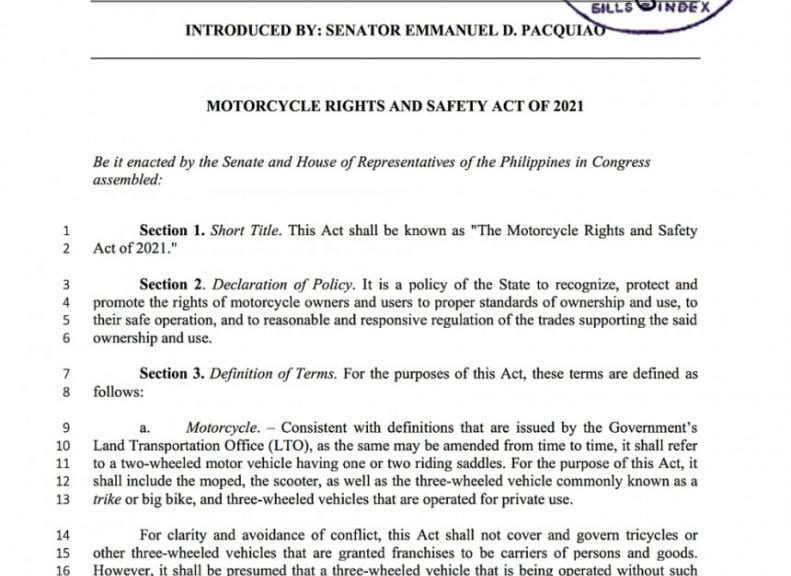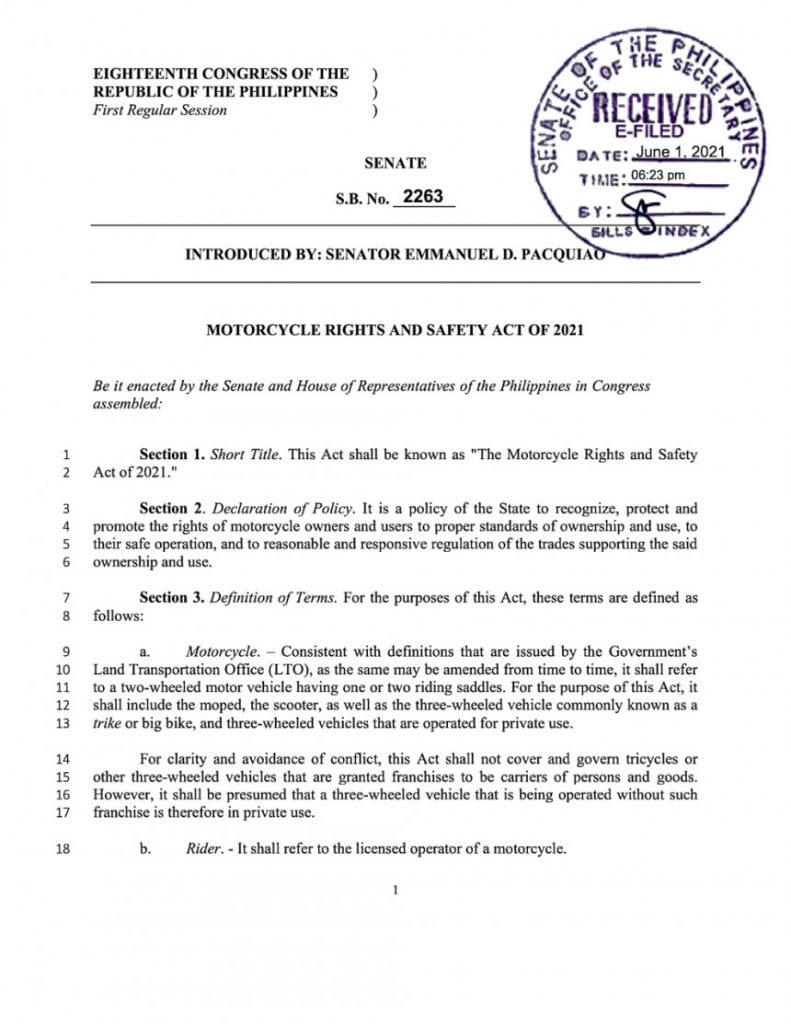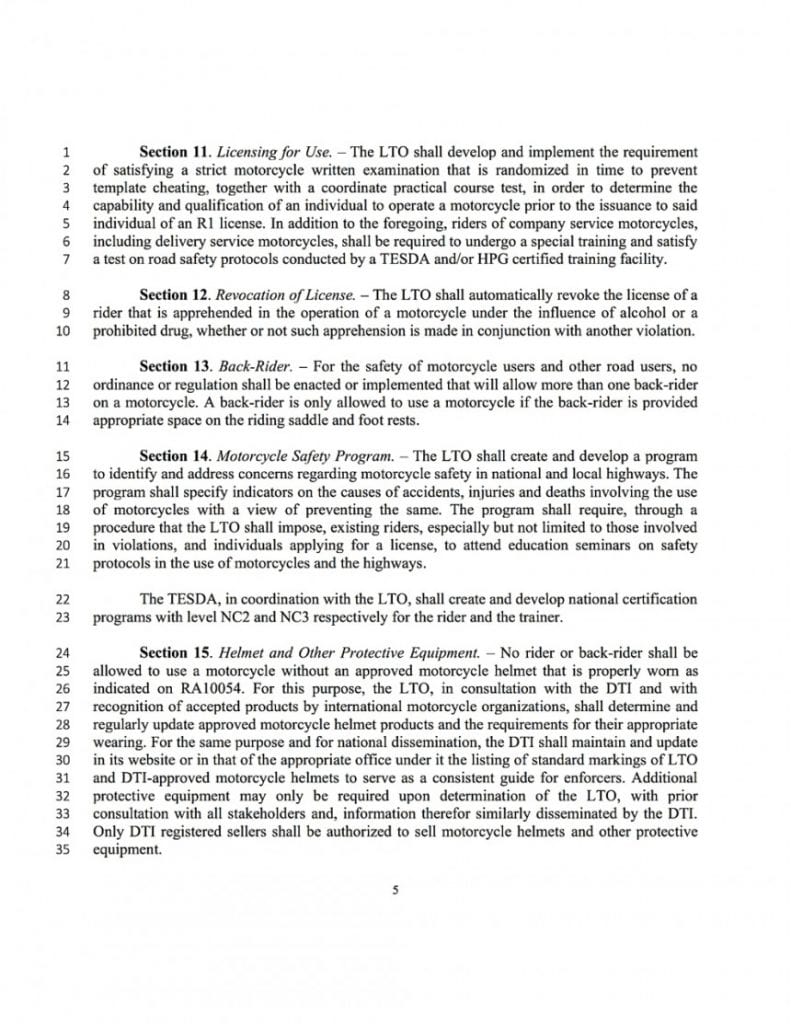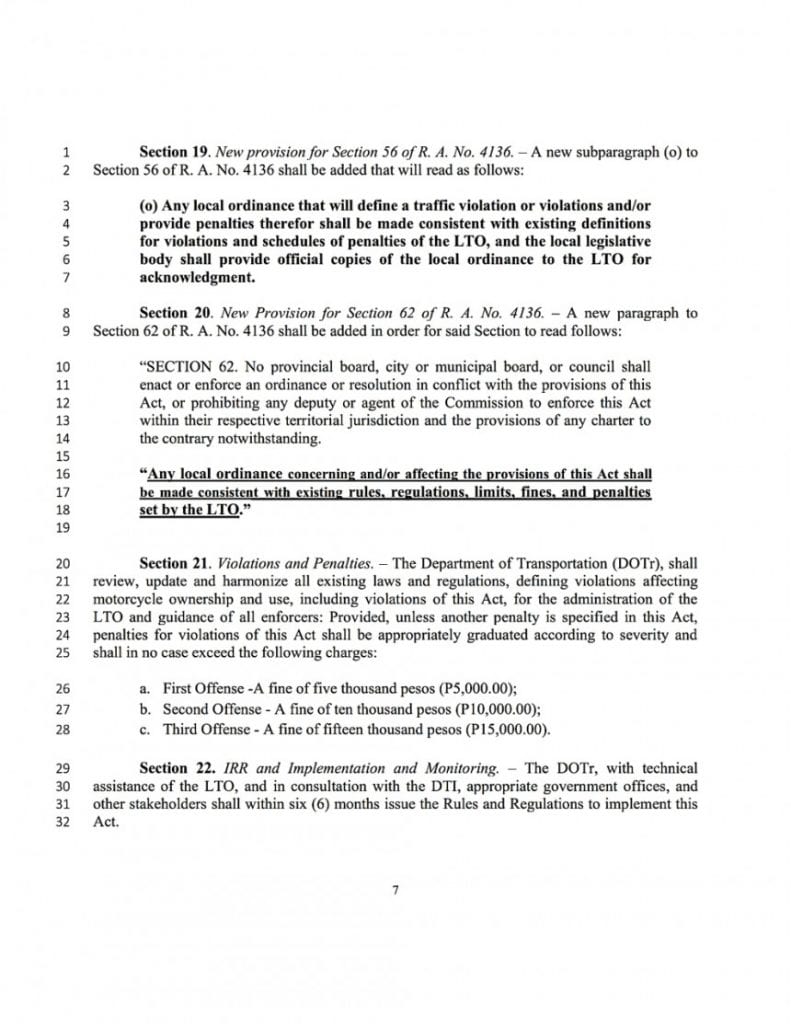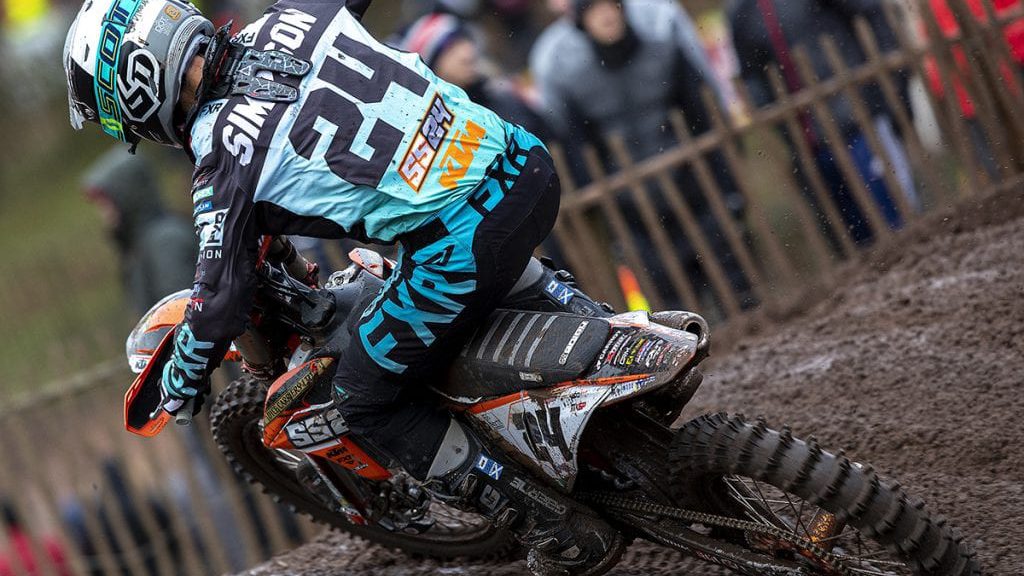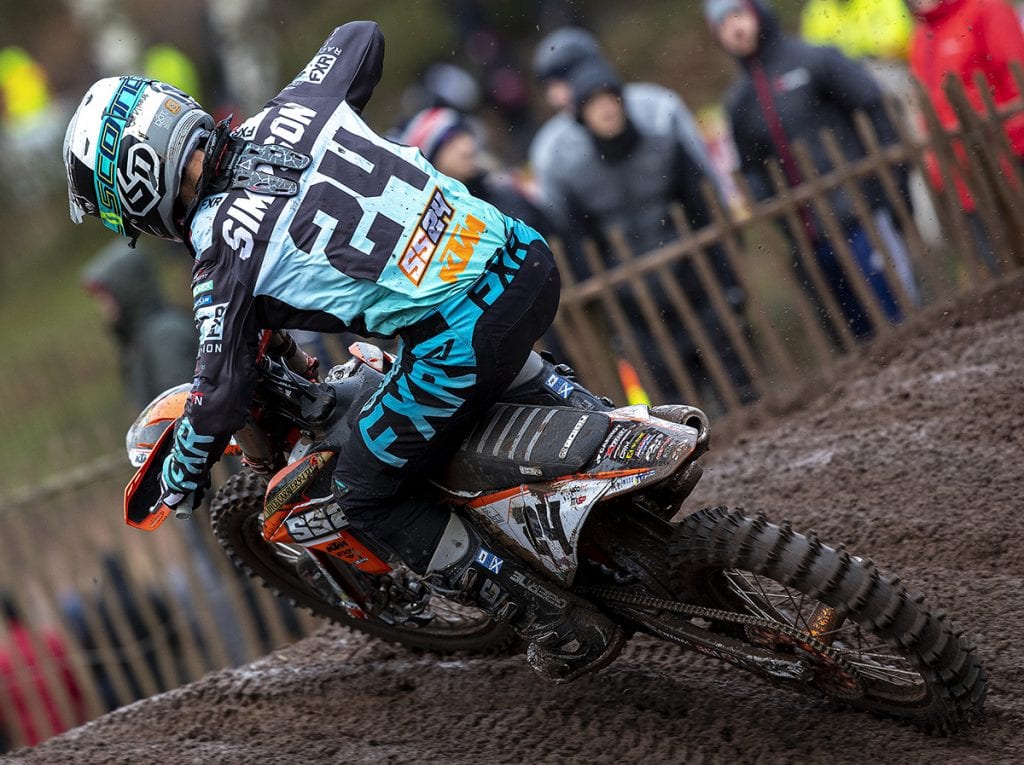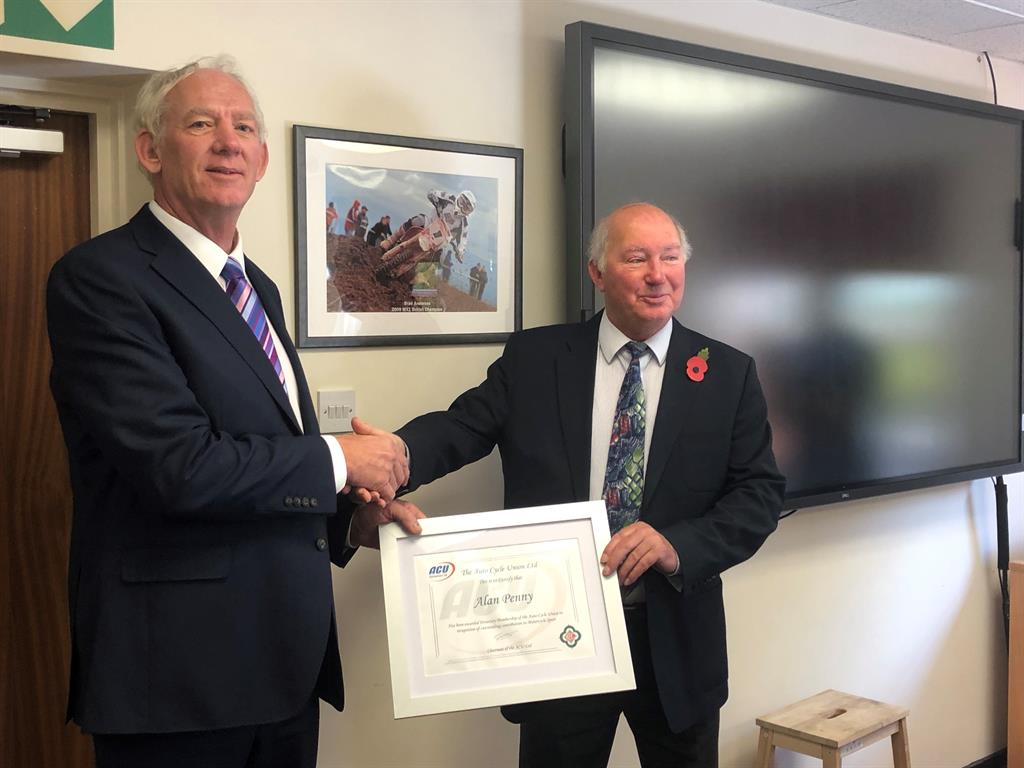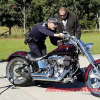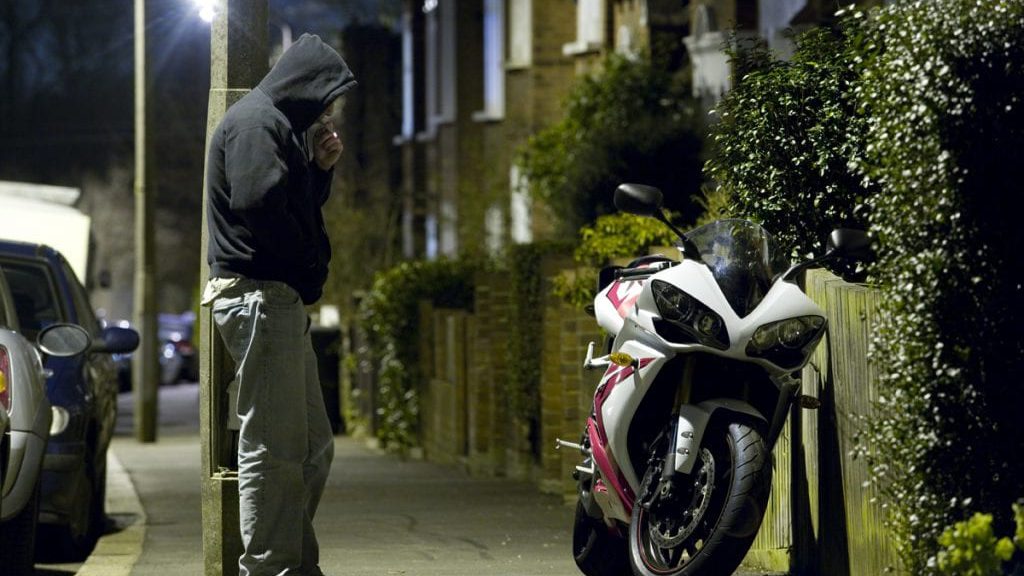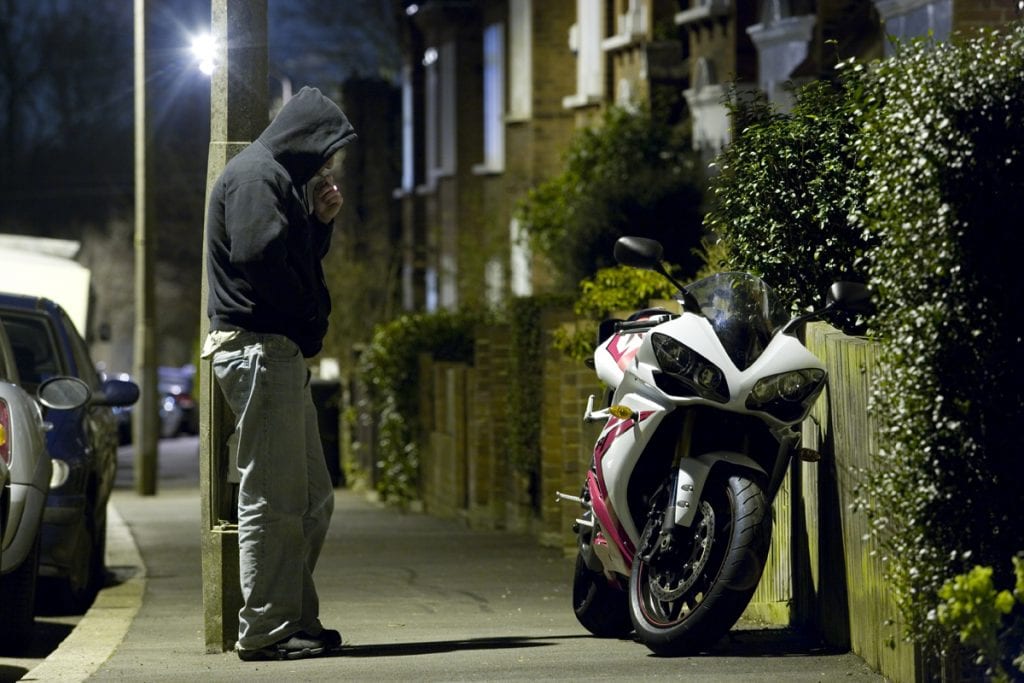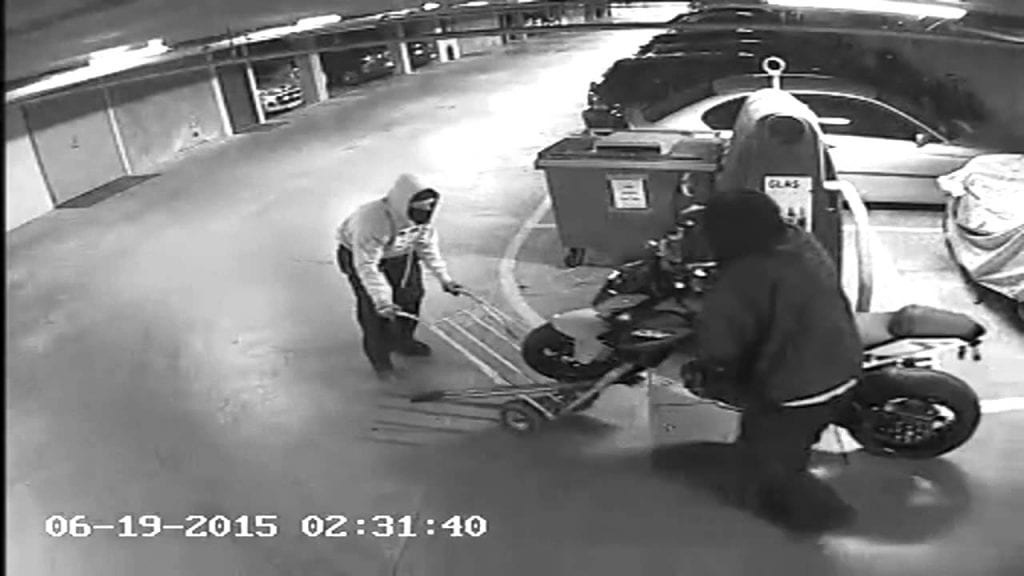May is Motorcycle Safety Awareness Month, and with the peak motorcycle riding season kicking off in many parts of the country, the National Highway Traffic Safety Administration has released what the Motorcycle Safety Foundation called a “grim report” showing an increase in motorcycle fatalities in 2021.
According to the NHTSA Motorcycle Safety webpage, 5,932 motorcyclists were killed in 2021. These deaths represent a 7.7% increase over the previous year and 14% of the total traffic fatalities for 2021. It is also the highest number of motorcyclists killed since at least 1975.
Motorcycle and scooter riders, with their smaller profiles, are at great risk of not being seen by drivers, so the MSF is urging all roadway users to “Expect Us, See Us,” and actively search for riders and stay focused on the road.
“The NHTSA data may be from 2021, but distraction, speeding, and driving or riding while under the influence continue to be problems today,” said Rob Gladden, vice president of training operations for MSF. “However, these are all things we can change.”
When it comes to riding impaired, nearly a third (29%) of riders who were killed in 2021 were intoxicated, representing a 19% increase over the previous year. Another surprising number is that over a third (36%) of motorcyclist fatalities were riders without a valid motorcycle license.
In the bigger picture of all traffic- and vehicle-related incidents, crashes caused by distracted driving rose 12% from 2020 to 2021, according to NHTSA, while speeding-related fatalities increased by 7.9%, and alcohol-impaired-driving fatalities rose 14%.
“One of the biggest risks to motorcyclists is drivers who don’t see the rider and turn across their paths, even if they are not driving distracted,” Gladden said.
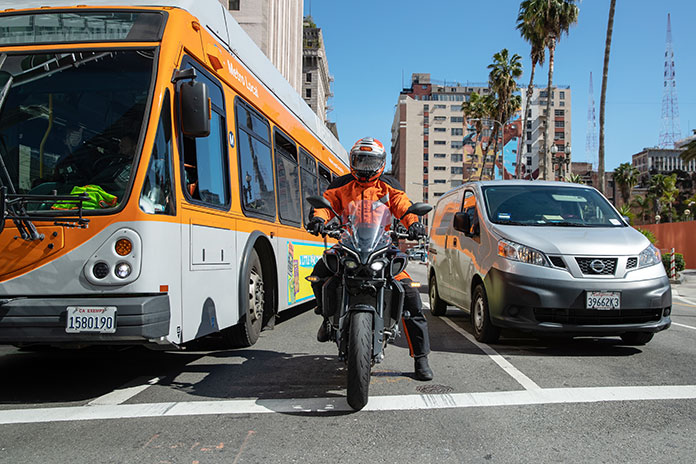
As part of Motorcycle Safety Awareness Month, the MSF has offered five tips for motorcycle and scooter riders:
- Be visible: Wear bright clothing and a light-colored helmet. Always have your headlight on, day and night, and avoid riding in the blind spots of cars and trucks. If possible, flash your brake light when slowing and before stopping.
- But pretend you are invisible: If you assume others can’t see you, you will tend to ride in a hyperaware mindset and learn to notice every detail in your surroundings. Constantly search for changing conditions using the Search-Evaluate-Execute (SEE) strategy to assess and respond to hazards before you have to react to an emergency.
- Gear up every ride: Wear proper riding gear from head to toe. Full-face helmets provide the best protection. Jackets, pants, gloves, and boots that are made for riding will generally be made of abrasion-resistant material and provide additional comfort and protection.
- Follow the rules of the road: Riding respectfully — and legally — creates a safer environment for everyone. Unexpected maneuvers could startle or confuse others and cause a crash.
- Before you ride, look over your bike: Do a pre-ride check, which includes looking over your tires and wheels, checking fluids, cables, your bike’s chassis, lights and electronics, and the stands. Use the T-CLOCS inspection checklist to help you.
Related: Before Help Arrives: Being Prepared in the Event of a Motorcycle Accident
Because riders are also often drivers of other types of vehicles, the MSF has offered tips for operating other vehicles as well.
“If you are distracted — using your cell phone, eating, or engaged with other passengers — the risks rise exponentially for riders,” Gladden said. “If driving, please be vigilant. Actively search for motorcyclists and look twice, especially before changing lanes or turning.”
Whether you’re a driver of a four-wheeled vehicle or a passenger in one, keep these tips in mind:
- Actively look for motorcyclists: While many cars have blind-spot detection and collision-avoidance systems, they are not a fail-safe. Also use your eyes and mirrors to check all around you, and look twice before maneuvering into or around traffic.
- Focus on driving: Put down the phone; don’t let pets and passengers distract you.
- Use your turnsignals: Signal your intentions. It can help others know what to expect or even alert them to get out of your way if they are in your blind spot.
- Give two-wheelers some space: Don’t tailgate or get too close next to riders. Give them space to maneuver and adjust to roadway conditions.
- Keep it in the vehicle: Don’t throw trash or cigarettes out the window. Make sure cargo is secured so it doesn’t fall onto the road and become a hazard.
For additional information, including safety booklets, tips, and other reference guides, as well as details on MSF riding classes, visit the Motorcycle Safety Foundation website.
The post NHTSA Report Shows 2021 Motorcycle Fatalities the Highest Since 1975 first appeared on Rider Magazine.
Source: RiderMagazine.com

